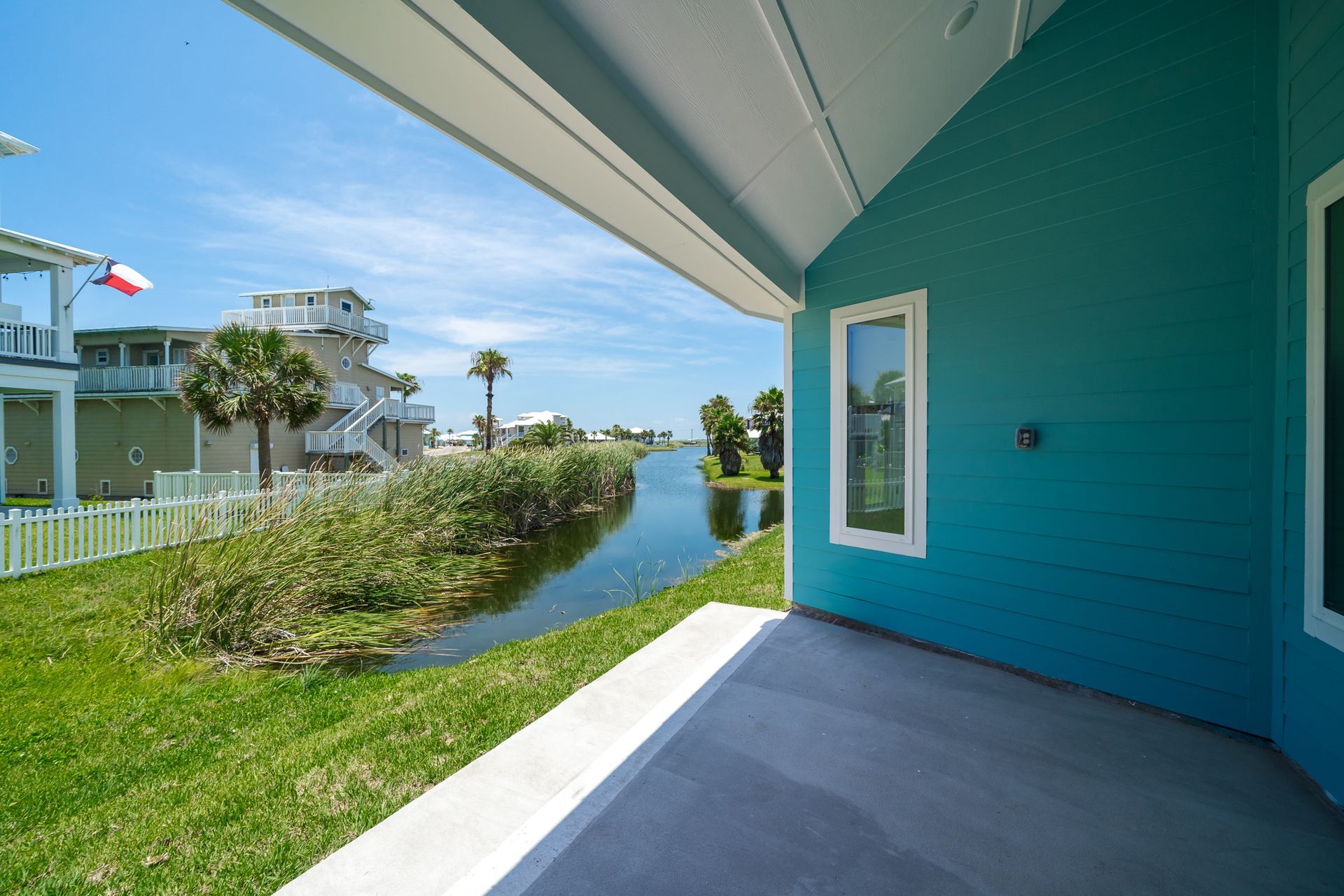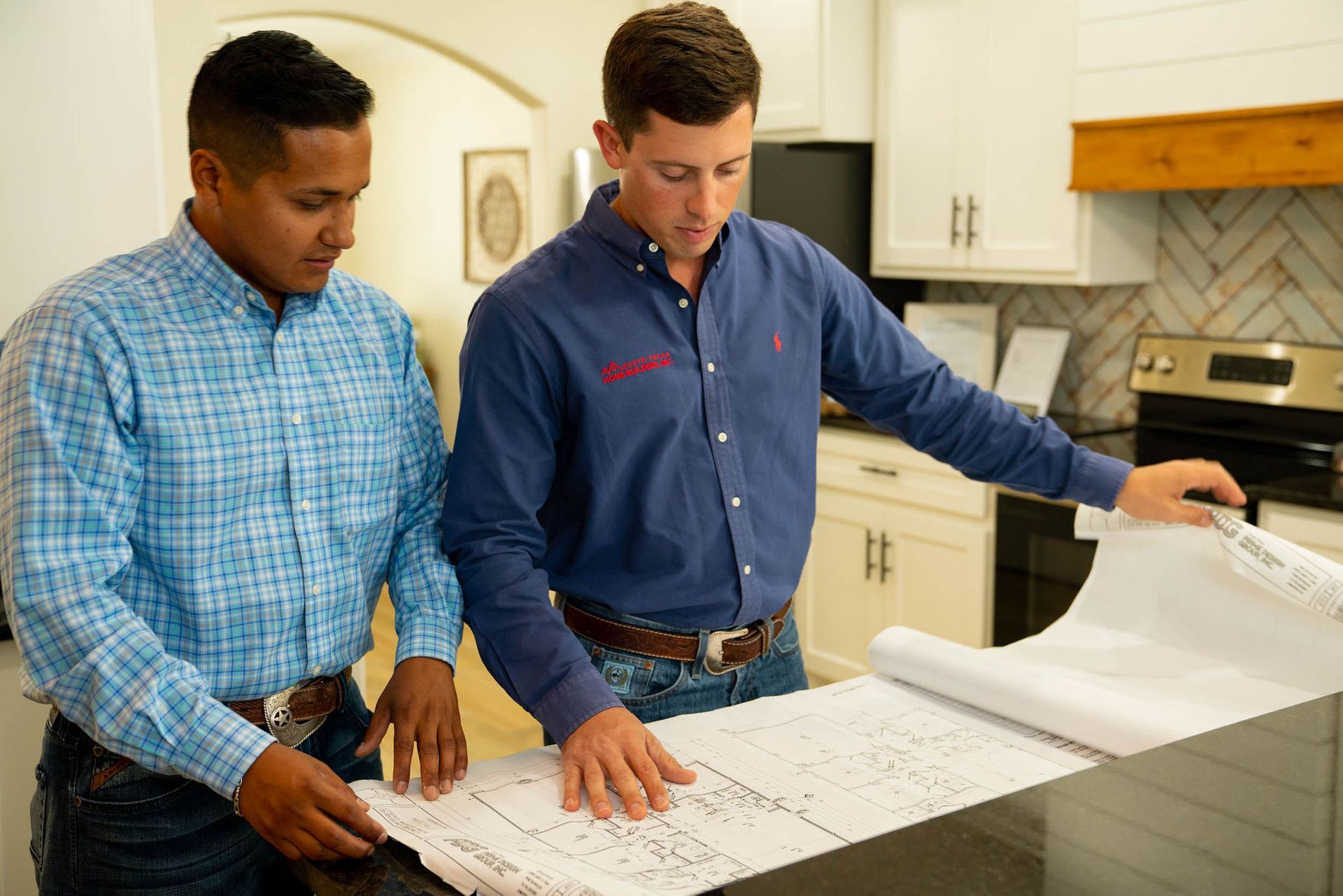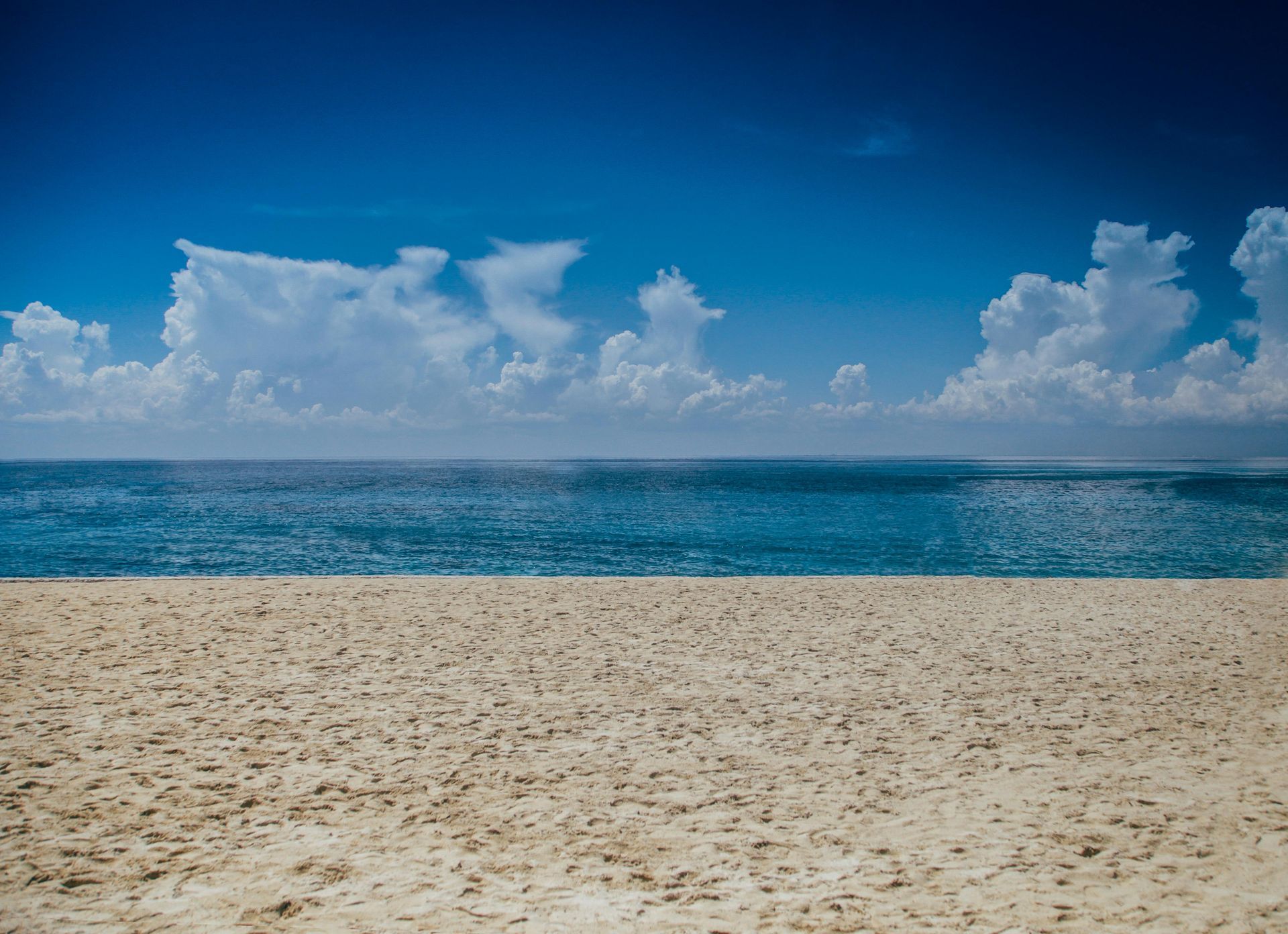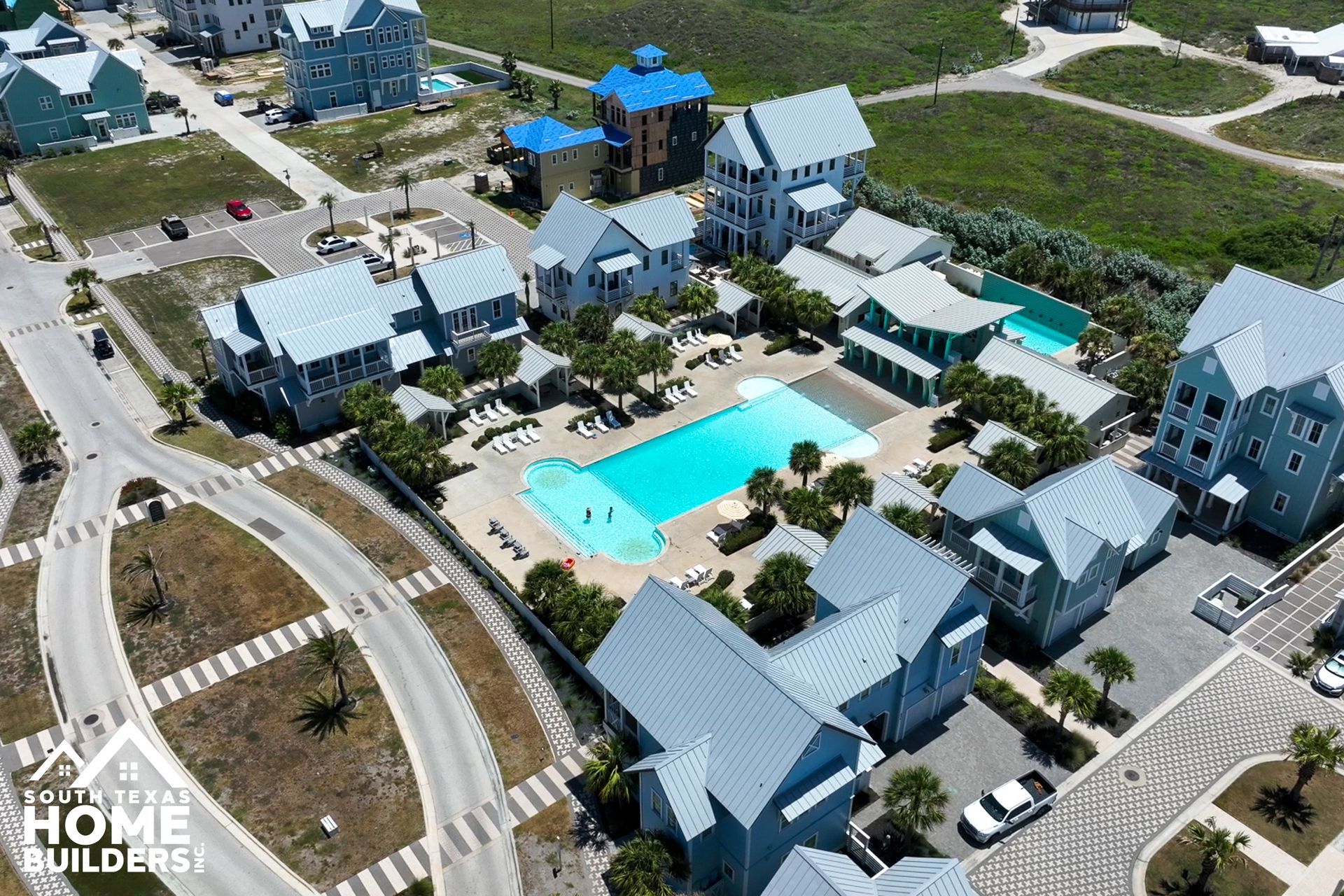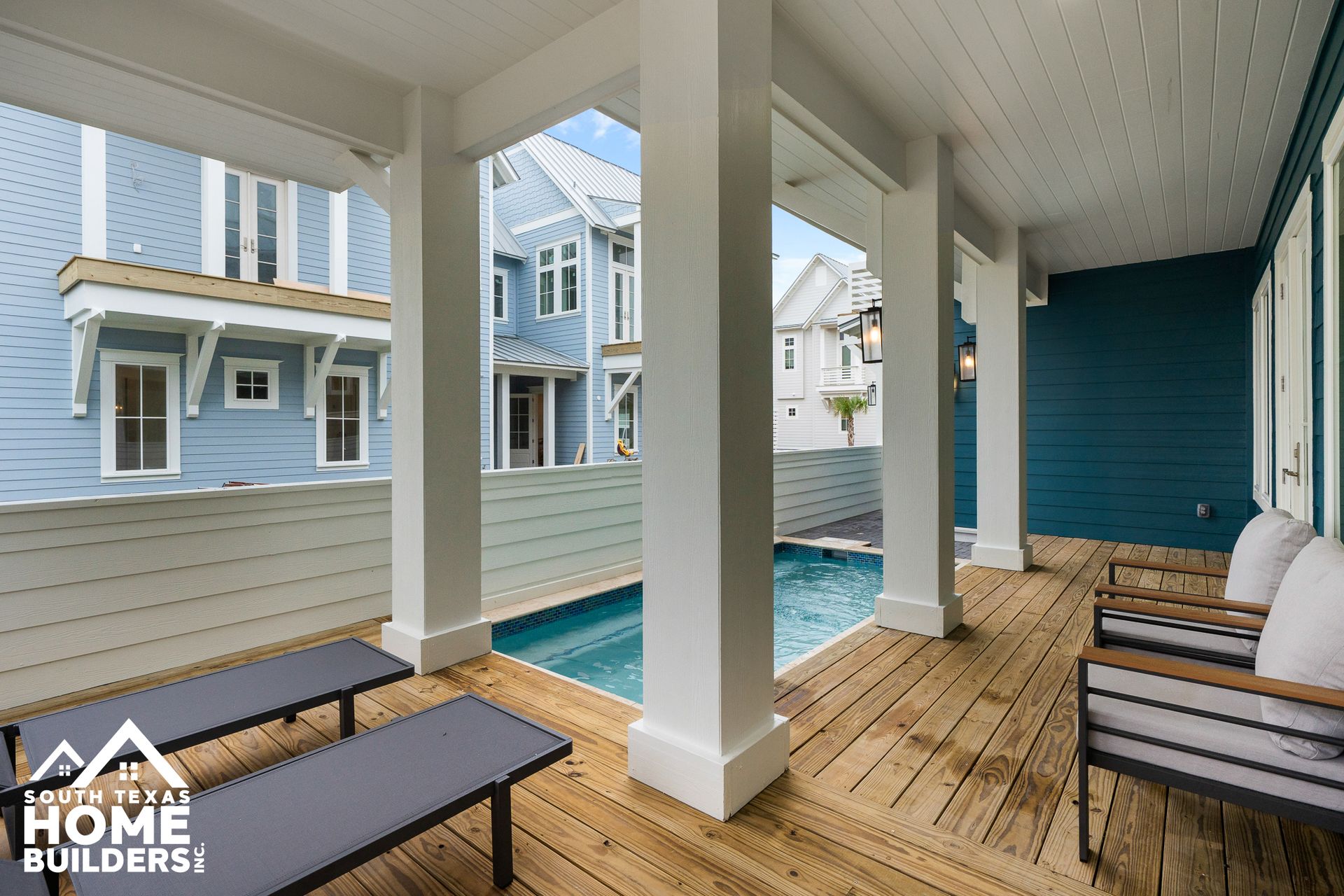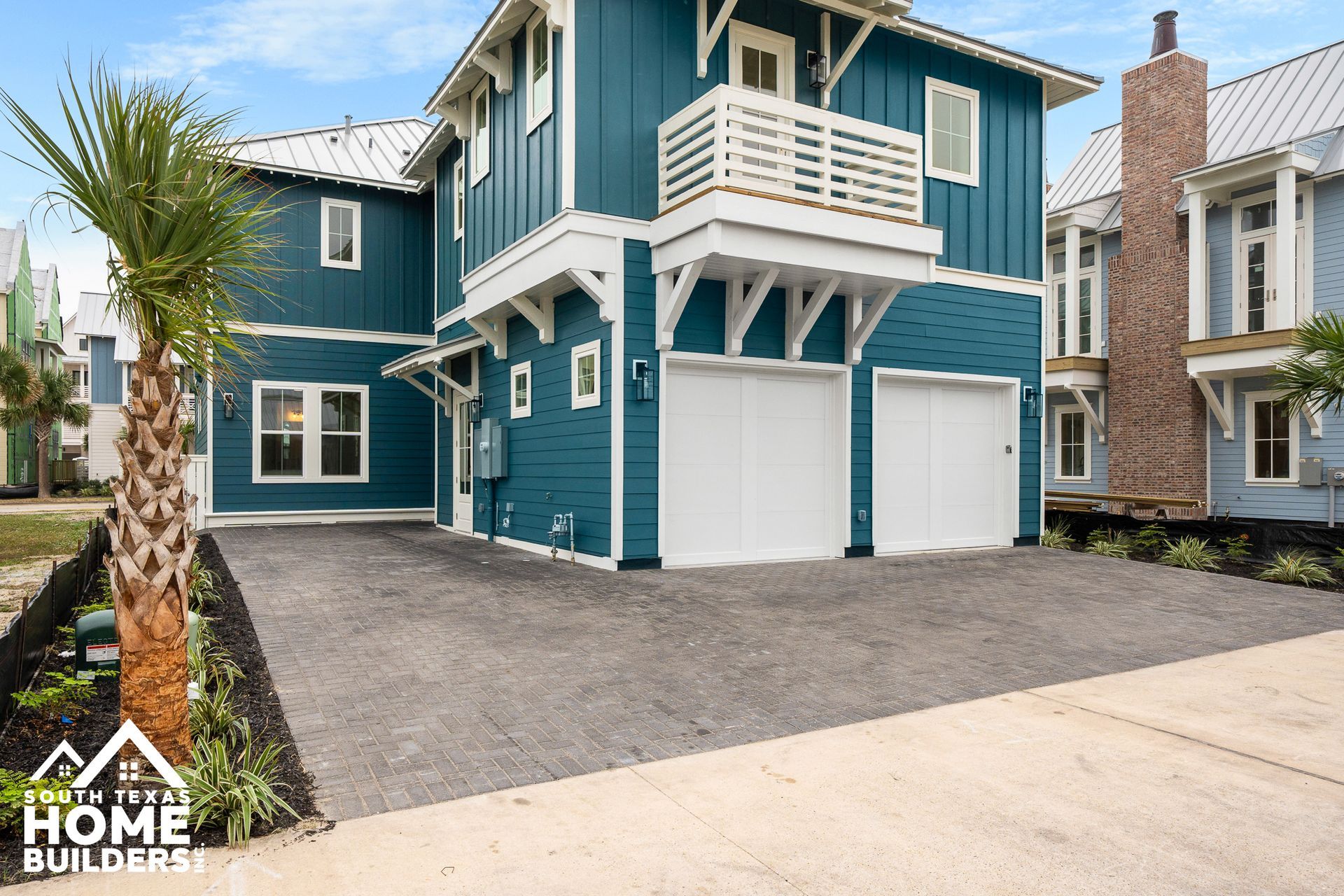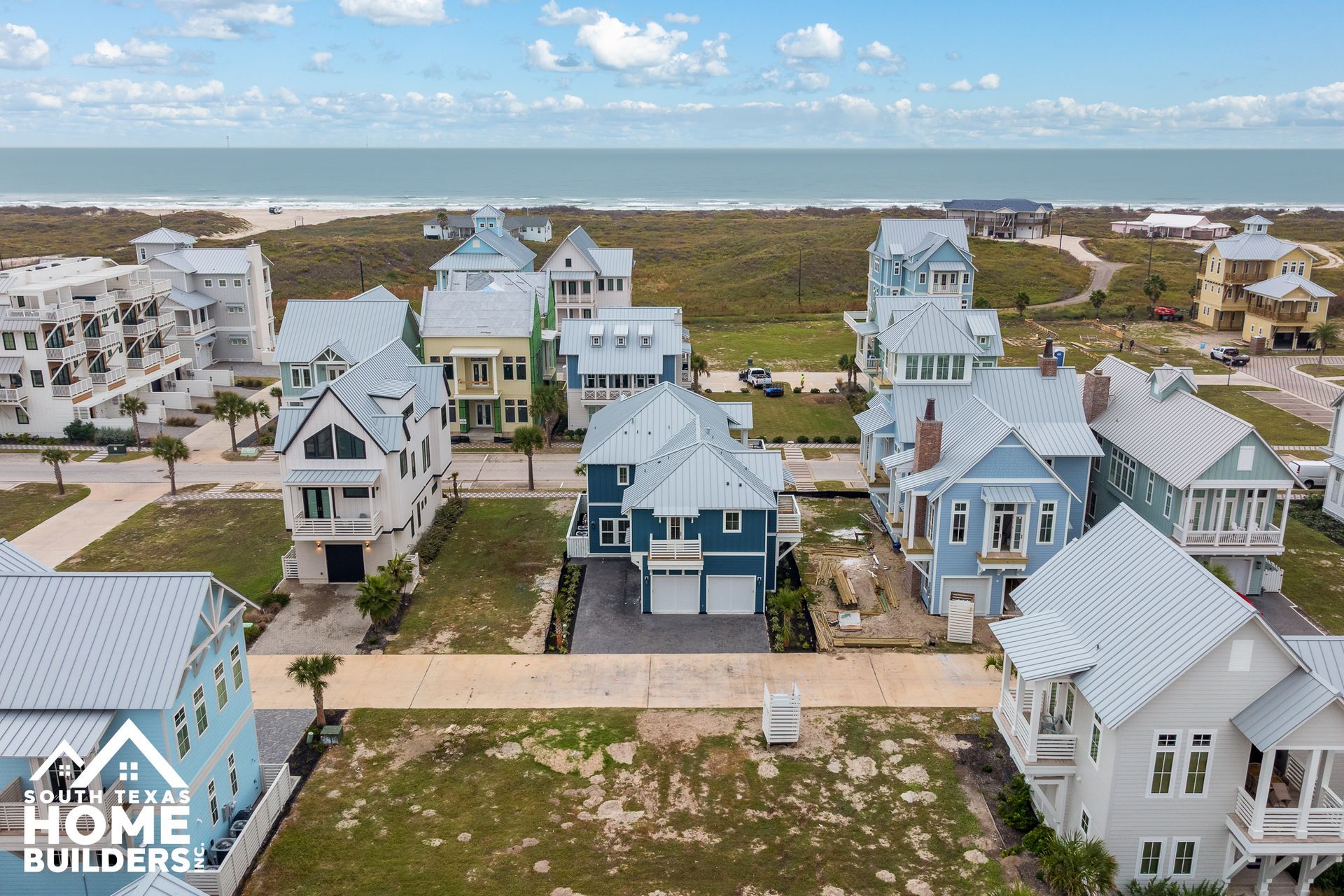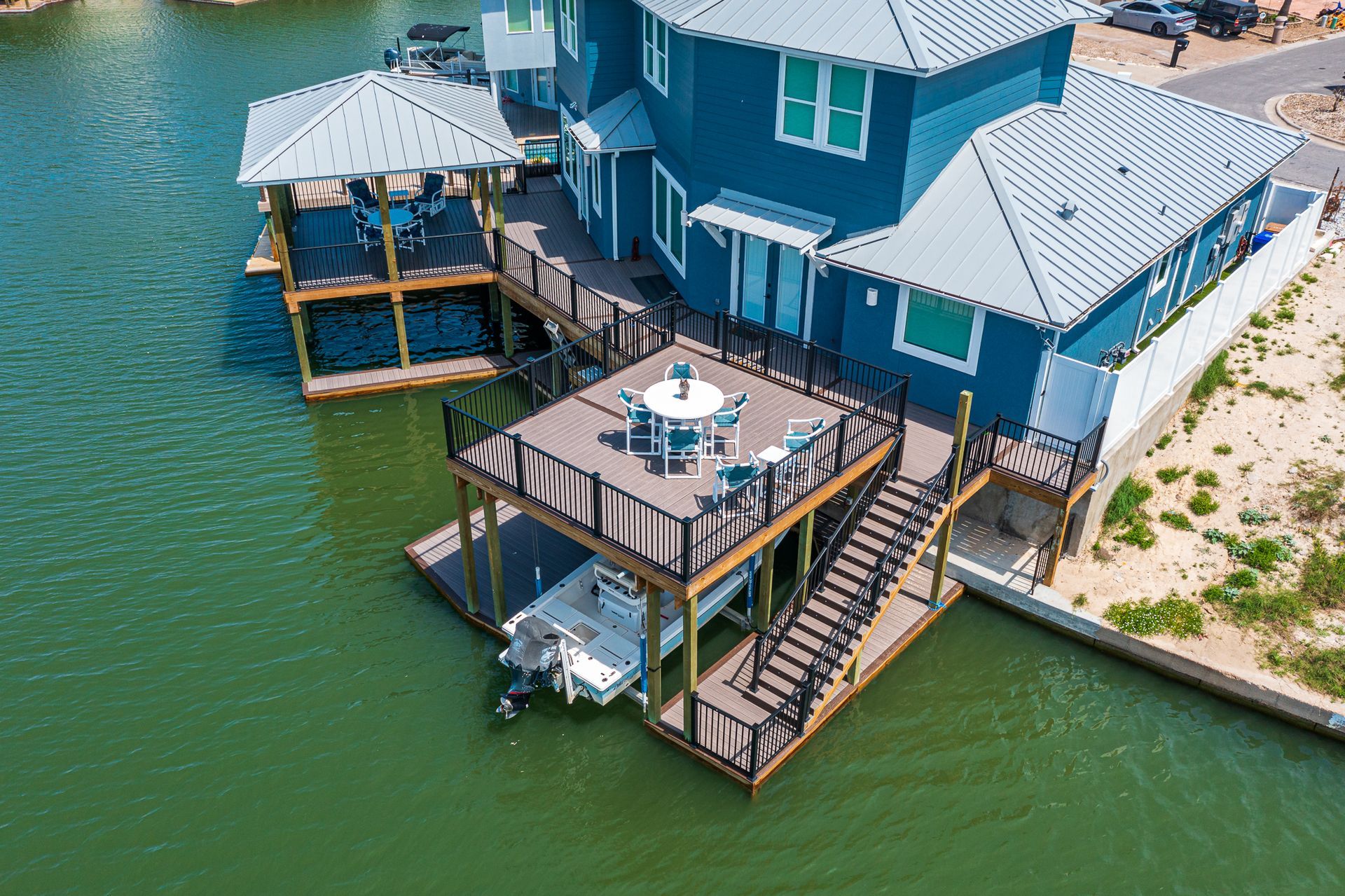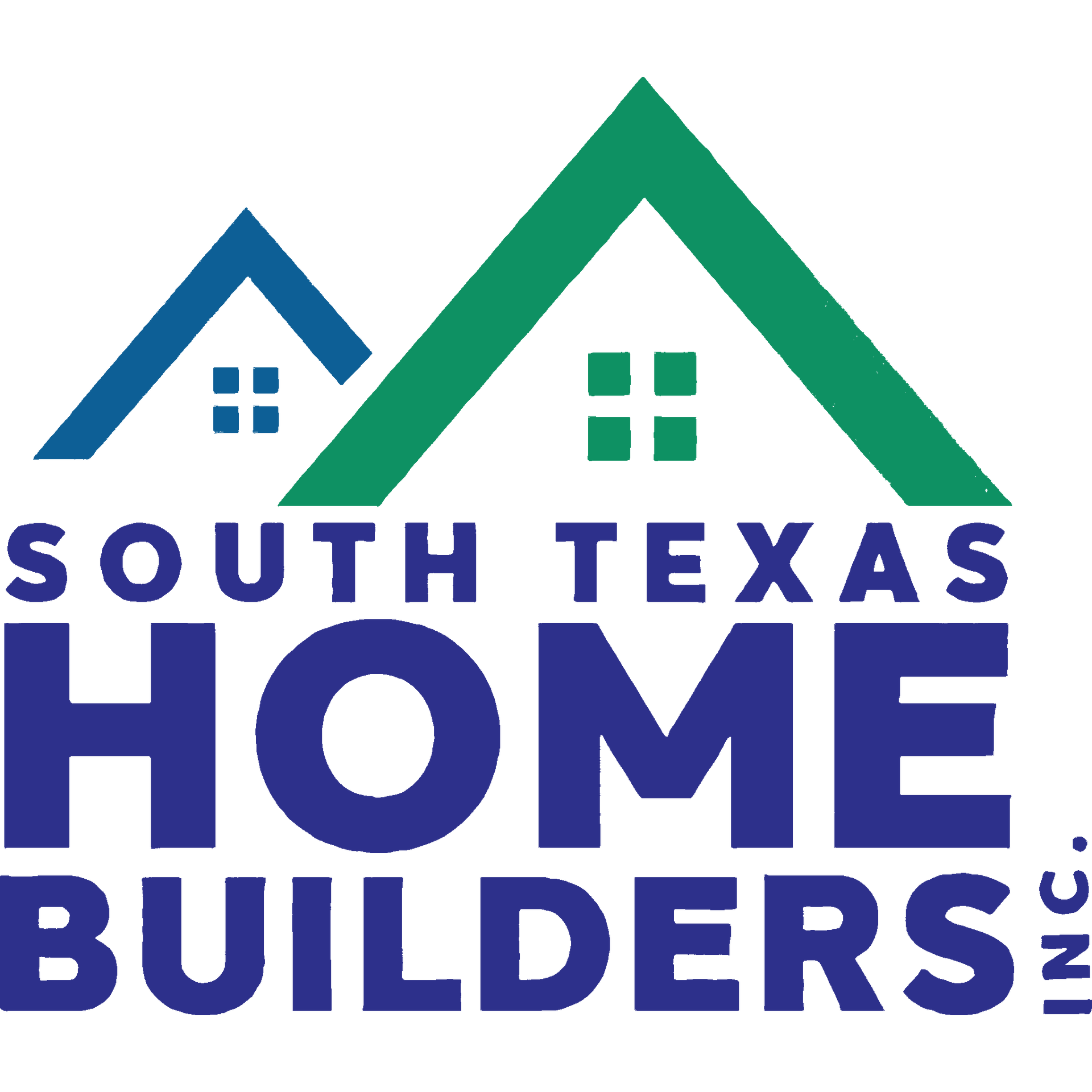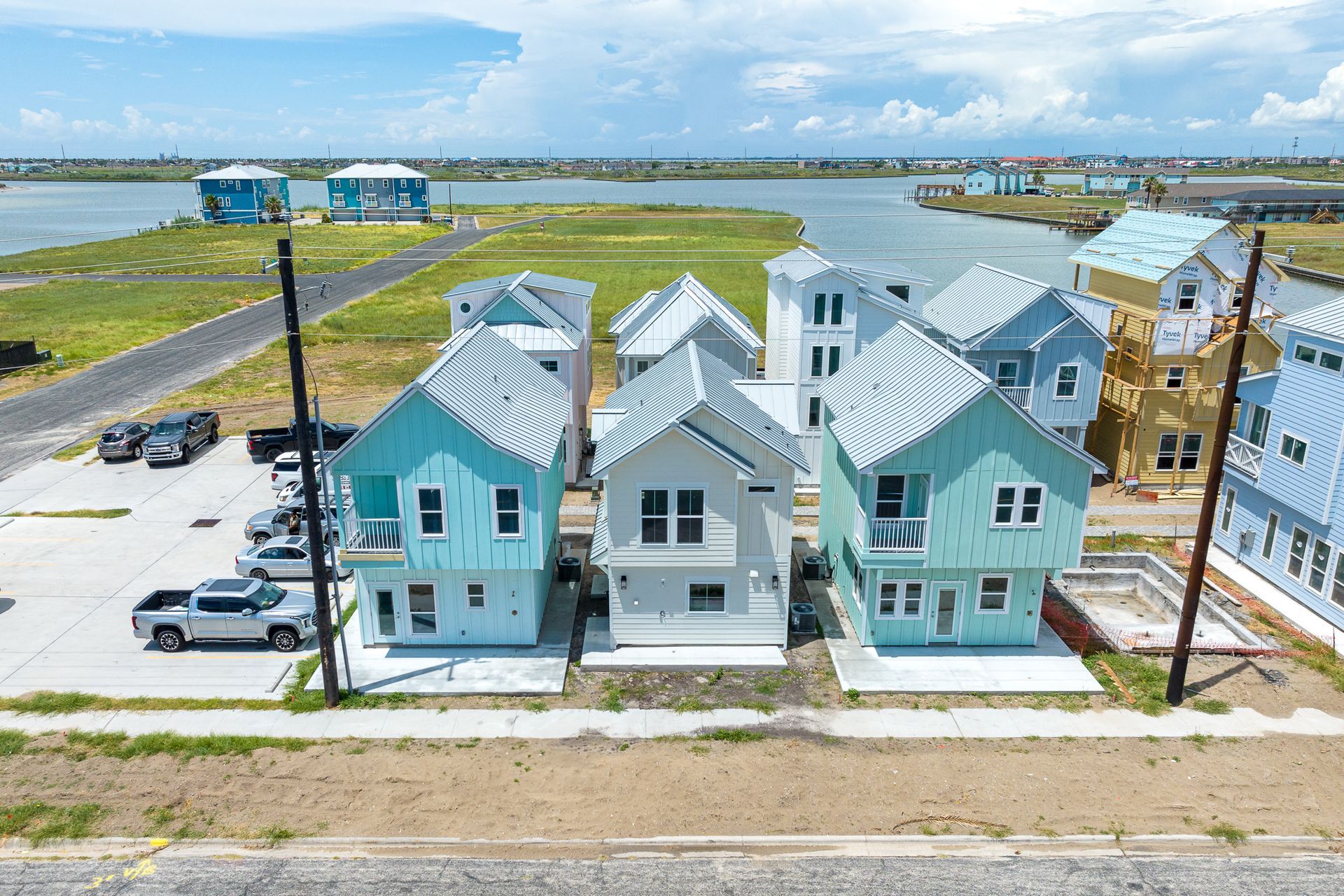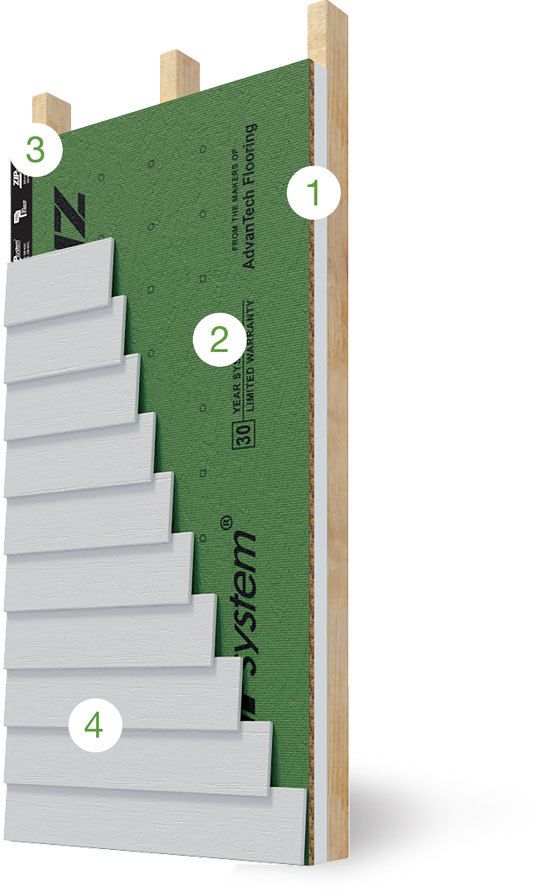Evaluating Land: What to Look for in Coastal Properties 🌴📐
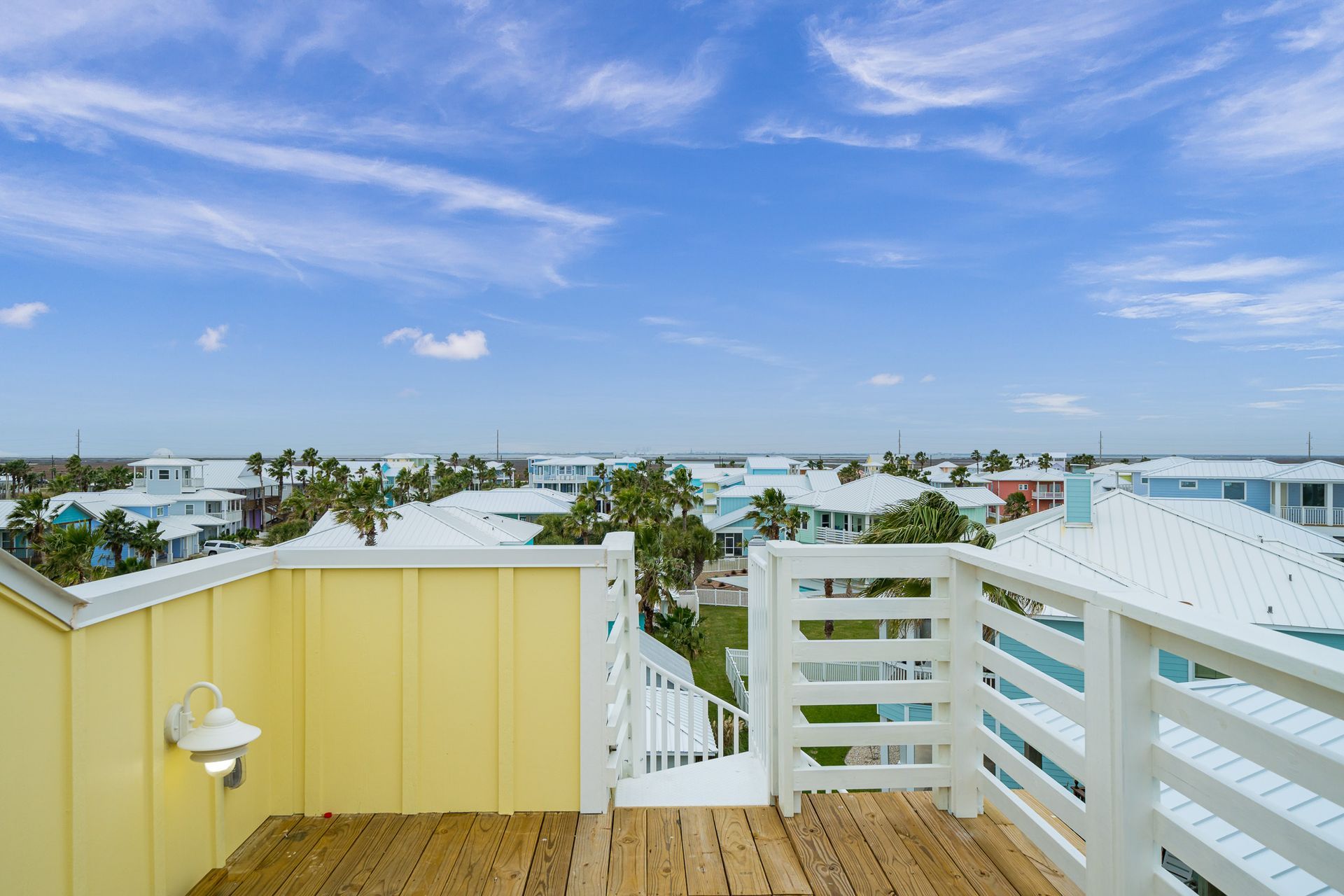
Not all land is created equal—especially near the Texas coast. While beachfront or bayside lots may offer stunning views, it’s essential to evaluate whether the property can support your vision structurally, legally, and financially.
At South Texas Home Builders, we help our clients assess potential properties before they buy—so you can move forward with clarity and confidence.
Here’s what to look for when evaluating coastal land for your future custom home:
🌊 Step 1: Understand Flood Zones & Risk Categories
Flood zone designation is one of the most important details to check before purchasing coastal property. It affects how and where you can build—and how much you’ll pay for insurance.
✅ What to Check:
✔️ FEMA flood zone classification (AE, VE, X, etc.)
✔️ Base Flood Elevation (BFE) specific to the lot
✔️ Coastal Barrier Resource System (CBRS) inclusion
💡 Builder Tip: VE (velocity) zones require the most elevation and storm-resistant features—plan accordingly.
🧱 Step 2: Confirm Soil Stability + Composition
Soil type directly impacts your foundation design and build cost. Coastal lots may have sandy, clay, or marshy conditions that require special engineering.
✅ What to Look For:
✔️ Compacted, stable ground that drains well
✔️ Potential need for pilings, piers, or soil improvement
✔️ Results of a geotechnical (soil) test
💡 Builder Tip: We can arrange soil testing and interpret the results to help you understand build readiness and cost implications.
🌿 Step 3: Identify Protected Features or Vegetation
Many coastal properties have conservation zones, protected dunes, or wetlands that limit how much land you can actually build on.
✅ What to Check:
✔️ Dune protection lines and setback requirements
✔️ Existing vegetation that cannot be removed
✔️ Environmental overlays that restrict building
💡 Builder Tip: We’ll help you determine your buildable footprint so you’re not surprised by protected areas or red tape.
⚙️ Step 4: Check Utility Access + Infrastructure
Not all coastal lots are connected to municipal systems. Some may require additional investment in access roads, septic systems, or well water.
✅ Infrastructure Items to Investigate:
✔️ Sewer or septic system availability
✔️ Water source (municipal, well, or rain catchment)
✔️ Power and internet service accessibility
💡 Builder Tip: We evaluate utility availability and cost so you can budget with accuracy.
📏 Step 5: Evaluate Shape, Slope, and Orientation
The shape and slope of your lot will influence your home’s layout, drainage, and how much of the view you can actually enjoy.
✅ Lot Features to Consider:
✔️ Is the lot level, or will it need grading?
✔️ Can you position the home to capture breezes and views?
✔️ Is there room for outdoor spaces like patios or pools?
💡 Builder Tip: We design your floor plan based on the land’s natural features—saving you on grading and maximizing comfort.
Not sure if your land is build-ready?
📞 Contact South Texas Home Builders today. We’ll walk your lot, check zoning and utilities, and help you determine the best next step.
NEWS
